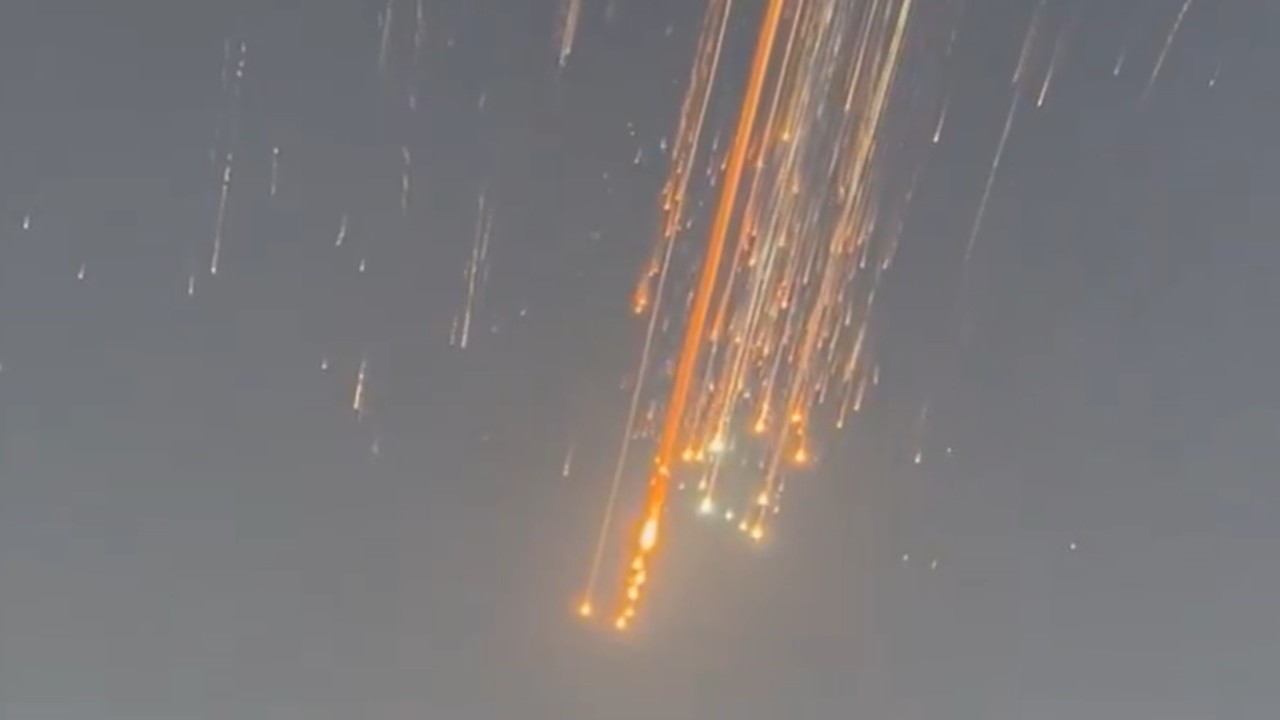NASA gearing up for rollout of Artemis 1 mission next week
The huge SLS rocket and its Orion capsule is scheduled to roll out to the launch on March 17.

Teams are starting to retract the "kitchen drawer" platforms surrounding the first rocket that will launch a NASA Artemis mission toward the moon.
Retracting the platforms surrounding the huge Space Launch System (SLS) rocket at NASA's Kennedy Space Center (KSC) in Florida is a key step to safely sending the rocket and spacecraft to the launch pad on March 17 ahead of the Artemis 1 launch, which is expected to take place no earlier than May.
The uncrewed Artemis 1 will send an Orion spacecraft around the moon, to make sure both SLS and Orion are ready for crewed missions. The first crewed Artemis mission, Artemis 2, will send astronauts around the moon in 2024, if all goes according to plan. Artemis 3 will land people on the lunar surface no earlier than 2025, though a 2026 liftoff is probably more likely given some issues identified by NASA's inspector general.
But the focus for the time being is on Artemis 1, and preparation is ongoing to ready SLS and Orion for launch, NASA said in a March 2 blog post. "Teams are continuing to install instrumentation on the SLS's twin solid rocket boosters inside the VAB," the post stated, referring to KSC's cavernous Vehicle Assembly Building.
Related: NASA's Artemis 1 moon mission explained in photos
Such sensors will allow engineers to ride along virtually with the rocket and spacecraft during their four-mile (6.5 kilometers) rollout to Launch Complex 39B and monitor the mission's progress as it readies for launch.
Once on the pad, the SLS-Orion stack will send back a plethora of data on systems including the rocket, spacecraft and rollout ground gear. Propellant loading and other pad activities will also be captured.
Breaking space news, the latest updates on rocket launches, skywatching events and more!
The SLS-Orion stack still needs to pass a wet dress rehearsal — a test run of most of the steps that will be completed on launch day — to be ready for liftoff. The Artemis 1 launch has been pushed back several times due to technical issues and other scheduling factors. The wet dress rehearsal is scheduled for about two weeks after Artemis 1 arrives at the pad, which puts the procedure in late March at the earliest.
If successful, the Artemis program will be the first set of missions to put humans on the moon since the half-dozen Apollo flights that landed on the lunar surface between 1969 and 1972. The 50th anniversary of the last crewed moon mission, Apollo 17, will be in December 2022.
Follow Elizabeth Howell on Twitter @howellspace. Follow us on Twitter @Spacedotcom and on Facebook.

Elizabeth Howell (she/her), Ph.D., was a staff writer in the spaceflight channel between 2022 and 2024 specializing in Canadian space news. She was contributing writer for Space.com for 10 years from 2012 to 2024. Elizabeth's reporting includes multiple exclusives with the White House, leading world coverage about a lost-and-found space tomato on the International Space Station, witnessing five human spaceflight launches on two continents, flying parabolic, working inside a spacesuit, and participating in a simulated Mars mission. Her latest book, "Why Am I Taller?" (ECW Press, 2022) is co-written with astronaut Dave Williams.
